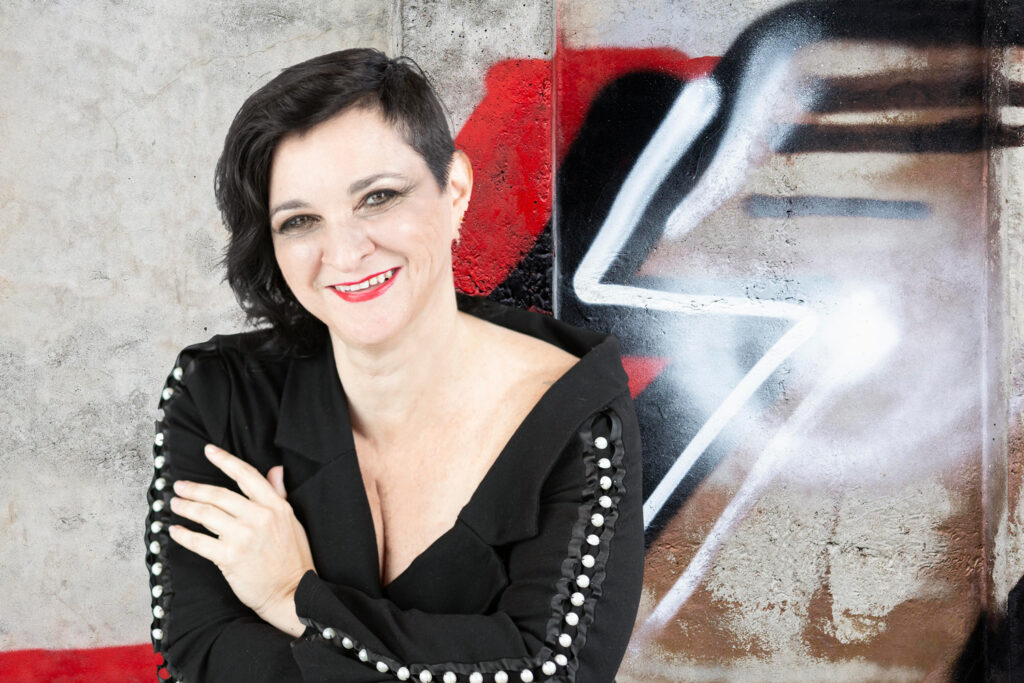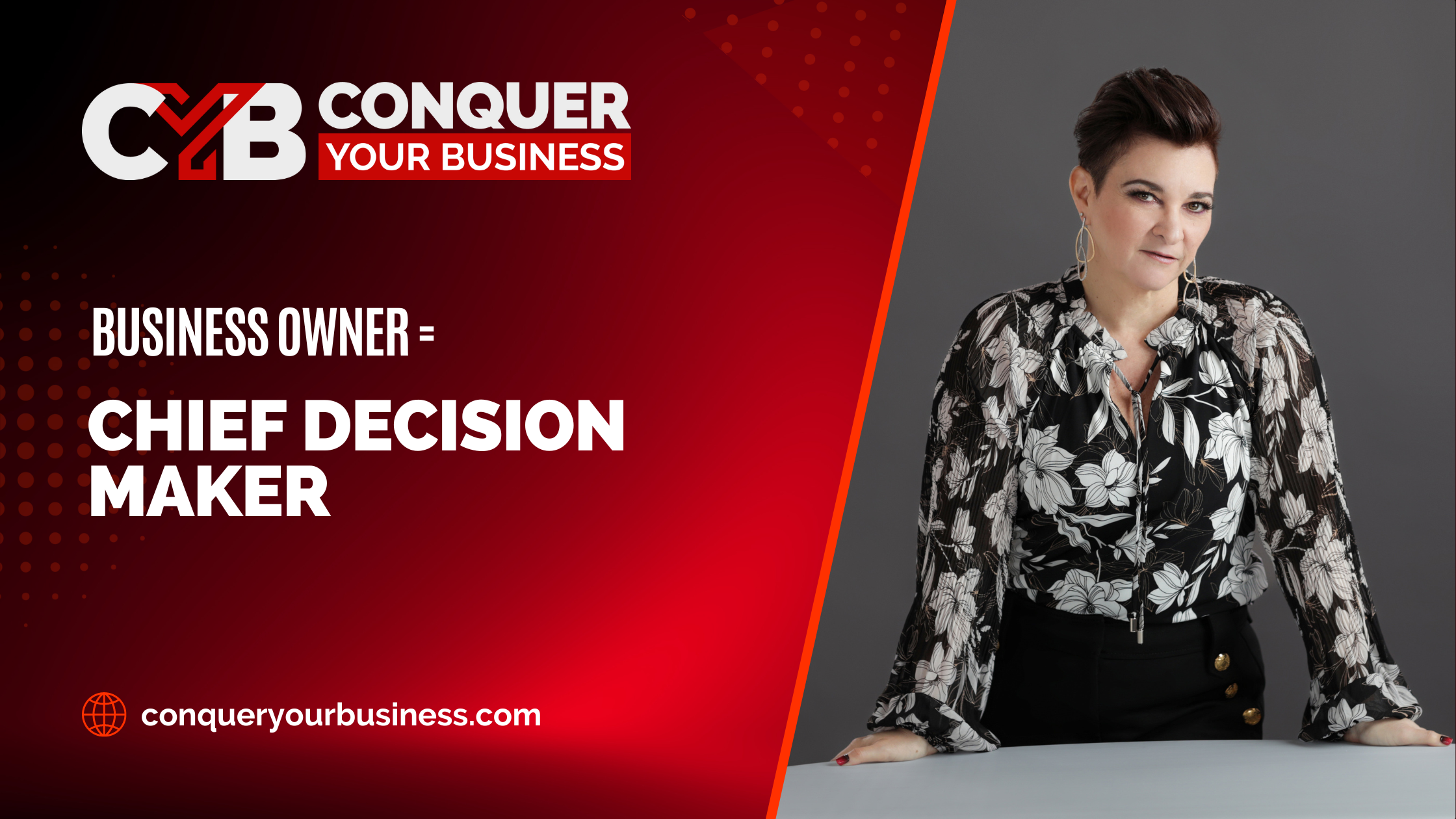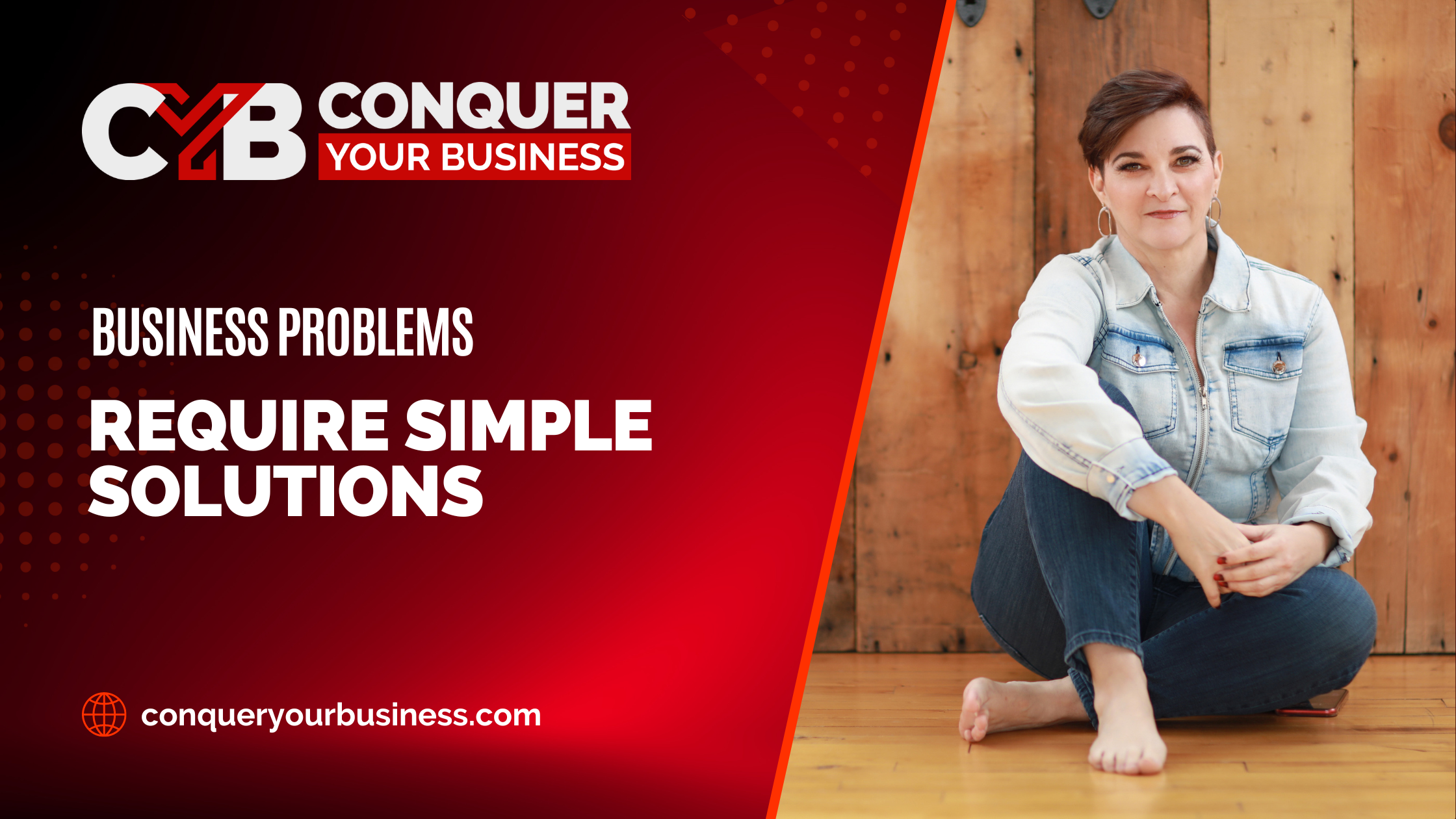Nothing makes our brains freeze faster than deciding to sit down to write something to market your business. Whether it is a social media post, an article, or the outline to a presentation, your subconscious brain tries to protect you from something it perceives as dangerous – like trying to be more visible to grow your business – and it causes mass confusion, cuts off your creativity, and gives you writer’s block.
The good news is that the more you talk about your business, the better you will become at knowing what to say about your business. The way to get started determining what to say to market your business is to create a framework by asking yourself questions about your business and using the answers to those questions to develop your content.
One of the reasons people have problems knowing what to say is that they don’t “do” the work before “going” to work; they just go out into the world and do random acts of marketing. If you put thought into what you are going to talk about in advance, you will encounter fewer blocks and feel more confident in what you want to say to promote your business.
Marketing Based on Your Client Awareness Journey
The first system to review that will help you understand what to say to market your business is the Client Awareness Journey. This is a well-known marketing concept that describes the steps a client goes through when deciding to work with you. It provides an excellent framework for your marketing message.
Step 1: Pain Awareness
During this stage your prospect is aware that they are in some sort of pain. It could be a feeling of overwhelm or confusion. Maybe they’re frustrated from not meeting their goals. But basically, they are aware that they are in pain of some sort. Another common business owner problem – lack of money!
Step 2: Problem Awareness
This is different than pain awareness because this is about the underlying problem causing the pain. Using Conquer Your Business as an example, the pain might be that an entrepreneur is not making the money that they want to earn but the problem causing that pain is that they do not have a client acquisition system.
Step 3: Solution Awareness
Solution awareness means that the client is now aware of the solution that you offer. At this stage, your communication is about your company and how you solve their problem. This is the stage at which you can share details about a particular program or how you help ease their pain and solve their problem.
Step 4: “You” Awareness
“You” awareness is the stage in which your client understands why your specific business is the right option to help them. The “you” stage is when you can add things into your message about your market differentiators, your authenticity, or your personal brand. In this stage you show what sets you apart from others offering a similar solution.
Step 5: Urgency Awareness
At this stage, you dial in on the urgency surrounding solving the problem. That urgency might be specific to your solution which has a limited time bonus or limited seating. Additionally, the urgency is prolonging the suffering they’re experiencing by not solving the problem.
How to Use the Client Awareness Journey to Create Content
If you go through and identify your ideal client’s pain awareness, problem awareness, solution awareness, “you” awareness, and urgency awareness, you will have months worth of content and things to talk about. You can use these steps in order to create a landing page for a launch or a lead magnet. You can also use it to populate your social media content calendar and share it one tiny piece at a time. The good news is the order doesn’t have to matter – it’s all about the message.
Marketing Based on a Three-Tiered Pyramid
Another way to look at content creation is through a three-tiered pyramid. The three levels of the pyramid we use at Conquer Your Business are tactical, transformational, and what I call Top Line content.
Level 1: Tactical Content
The base of the pyramid is made up of tactical content, meaning how you do something. Using my own business as an example, this article is an example of tactical content, teaching you what to say in your marketing materials.
Level 2: Transformational Content
The middle layer of the pyramid consists of transformational content, or content that changes the way that people think. Using Conquer Your Business as an example again, sharing my story about how my success as a C-suite executive in a corporate environment almost killed my entrepreneurial dream is something that I share as transformational content. That story shows how I transformed my own business and how I can transform my client’s business in a similar way.
Level 3: Top Line Content
The top of the pyramid consists of what I call Top Line Content, meaning your specific point of view that sets you apart. My own top line viewpoint is the concept of being in charge of your life and your business. It comes from my point of view that if you don’t make decisions for yourself, people who are not vested in you will make those decisions for you, whether it’s in your personal life, your business, or your finances.
When you are first getting started as a business, sharing tactical content is a good place to begin. However, if you only share tactical information, you will not be able to differentiate yourself from the competition. Transformational content is where you can bring in your authenticity and storytelling.
Top Line content can be more difficult to figure out than tactical or transformational content. Don’t make yourself crazy trying to figure out how to share why your point of view sets you apart. It can take time for this to come to you. In the meantime, your transformational content can help you set yourself apart from the competition.
You can view additional examples of tactical, transformational, and top of the line content on my Media Kit page and the topics I offer when I am a podcast guest.
Putting it All Together to Create a Marketing Plan
A great example of how I use these concepts together is the weekly Erin Marcus Live show. I use a mix of the Client Awareness Journey and the Three-Tiered Pyramid approach when I outline the topics for each show.
First, I think about the pain points that people are talking about during all the conversations I’ve recently had with business owners – and I talk to A LOT of business owners. Second, I think about the problem under that pain that I can solve. And finally, I put together a bit of transformational content around what that problem actually is so that people can understand what is going on, along with some tactical tips on what you can do to solve it on your own.
Creating your content and knowing what to say in your marketing is an iterative process. It is not always easy, and it is important to sit down regularly and continually add to your content idea document. The more people you speak with the better you will be at doing this. When you talk about your business, people will tell you the issues that they have related to what you do. You can even write down their questions and comments in a note on your phone or in a small notebook, or even in a receipt or a napkin if you need to in order to remember the good ideas that you get from talking to people.
And finally, don’t be afraid to give away all sorts of great information. If all it took was reading a book, or a series of blog articles, or watching a video to be able to master a topic, everyone could be a millionaire. The reality is that 99 percent of people who read a book or go to an event do nothing with the information that they learned. The secret sauce is hiring the person sharing the information to help. When you share your best information, the right people will still step up and ask about how to hire you to make the real difference that only you can make.
One of my favorite approaches is this: When you share your best content freely, it creates an environment in which prospective clients think, “If she’s willing to do this much for free, what would happen if I actually paid her?” So, don’t be afraid to go as deep as you possibly can in terms of what you share. Holding back great content is part of a scarcity mindset, but if you share your best information freely, you can create relationships and an abundance mindset that help you grow your business.
To schedule your conversation with us, click on Book a Discovery Call.




